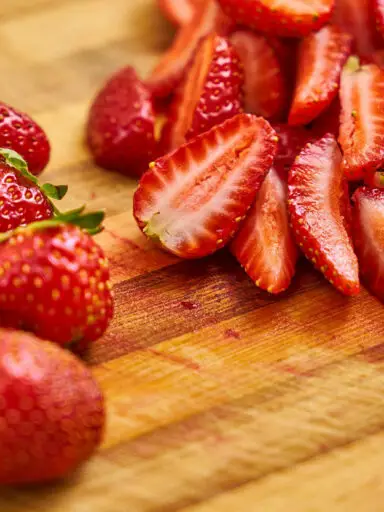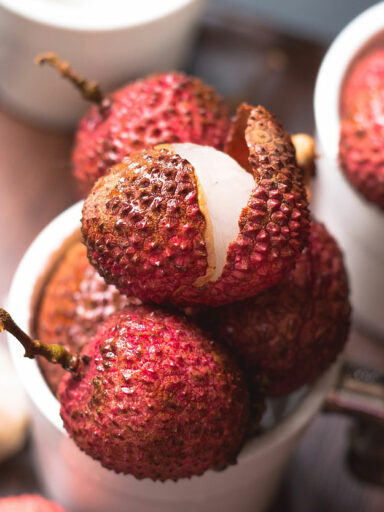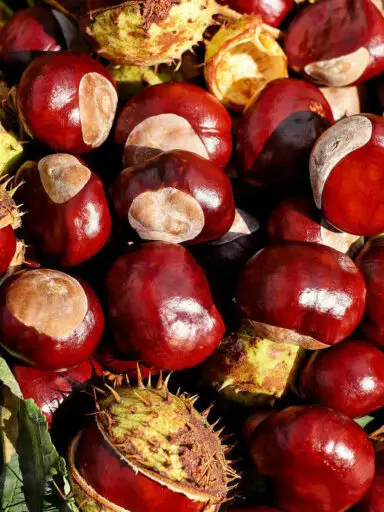The word Basil is derived from Greek, meaning “King”. That’s where it gets its designations as “King of the herbs” or the “Royal herb”. In some cultures, it is known as the “Holy Herb”. It was associated with the Feast of the Cross which commemorates the finding of the True Cross by St. Helena.
Basil is also called great basil or Saint-Joseph’s-wort. It grows between 30 cm and 1.3 m (12–51 in) tall. It has light green, silky leaves that tend to grow 3 cm to 11 cm (1.2 to 4.3 in) long and 1 to 6 cm (0.39 to 2.36 in) broad.
It has small white flowers and grows best in hot and dry climates and is susceptible to frost. It prefers well-drained soils and can be grown indoors like most herbs.
Basil as Used in Cooking
Basil is the most commonly used fresh in recipes. It is best advised to add basil late in the cooking process to preserve the flavor which is destroyed by overcooking. The dried herb does not retain its flavor as well as other herbs and spices nevertheless it is still packaged ground and dried.
Basil can be stored in refrigerated bags for a few days and much longer if blanched and frozen. It can be used chopped in the dish or tied in a bundle, especially when used in the making of soups and sauces.
Basil is one of the primary ingredients in Pesto. It is still a popular culinary herb in soups and sauces, meat, and vegetarian dishes alike. As a herb, it provides very little nutritional value as the quantities are very little.
Nutritional Value
It, however, contains minerals such as calcium, iron, magnesium, manganese, and phosphorus. In addition, it contains the vitamin B family of niacin, riboflavin, thiamin, and pantothenic acid. vitamin C, vitamin K, vitamin E, and vitamin A beta-carotene are also present.
In terms of energy, it provides 22 Calories per 100 grams.
More Reading – How to Grow Basil Indoors



